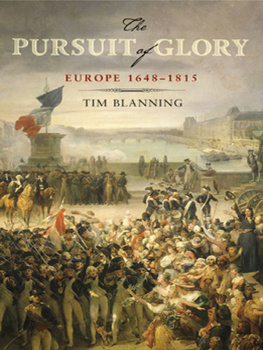Louis P. Masur - The Soiling of Old Glory
Here you can read online Louis P. Masur - The Soiling of Old Glory full text of the book (entire story) in english for free. Download pdf and epub, get meaning, cover and reviews about this ebook. year: 2010, publisher: Bloomsbury Publishing, genre: Detective and thriller. Description of the work, (preface) as well as reviews are available. Best literature library LitArk.com created for fans of good reading and offers a wide selection of genres:
Romance novel
Science fiction
Adventure
Detective
Science
History
Home and family
Prose
Art
Politics
Computer
Non-fiction
Religion
Business
Children
Humor
Choose a favorite category and find really read worthwhile books. Enjoy immersion in the world of imagination, feel the emotions of the characters or learn something new for yourself, make an fascinating discovery.
- Book:The Soiling of Old Glory
- Author:
- Publisher:Bloomsbury Publishing
- Genre:
- Year:2010
- Rating:4 / 5
- Favourites:Add to favourites
- Your mark:
- 80
- 1
- 2
- 3
- 4
- 5
The Soiling of Old Glory: summary, description and annotation
We offer to read an annotation, description, summary or preface (depends on what the author of the book "The Soiling of Old Glory" wrote himself). If you haven't found the necessary information about the book — write in the comments, we will try to find it.
The Soiling of Old Glory — read online for free the complete book (whole text) full work
Below is the text of the book, divided by pages. System saving the place of the last page read, allows you to conveniently read the book "The Soiling of Old Glory" online for free, without having to search again every time where you left off. Put a bookmark, and you can go to the page where you finished reading at any time.
Font size:
Interval:
Bookmark:
THE SOILING
OF OLD GLORY
THE STORY OF A PHOTOGRAPH
THAT SHOCKED AMERICA
LOUIS P. MASUR

For Tom, Doug, and Jim
and to the memory of my parents
CONTENTS
The teenager sat on the subway, daydreaming in the late afternoon as he rode to his part-time job cleaning offices in downtown Boston. He looked up and saw a man across the aisle holding open the HeraldAmerican, one of the citys two newspapers. Front-page center was a staggering photograph of an angry white protester thrusting an American flag at a black man whose arms are being held. He wondered: who is that lunatic with the flag? In the same instant he realized that it was him. He skipped work and went home to South Boston. I think I have a problem, he told his parents.
Nearly thirty years later, in 2005, residents across Boston held a series of City-Wide Dialogues on Bostons Ethnic and Racial Diversity. To one meeting, someone brought Stanley Formans Pulitzer Prizewinning photograph that had appeared on April 6, 1976, in the Herald American, and in newspapers across the country. The participants at the meeting had been quiet, but the image of a black man being assaulted with the American flag broke the silence. Michael James, a thirty-nine-year-old African American resident of Roxbury, said, Everybody in the room no matter their race was appalled. It accelerated the conversation. It was like: We do have something in common. We dont want this to ever happen again.

Stanley Forman, The Soiling of Old Glory, 1976 (COURTESY STANLEY FORMAN, SJFORMAN@VERIZON.NET)
The photograph presents a sickening sight. A well-dressed black man is being grabbed from behind. He seems to be struggling to free himself. His satchel lies behind him at his feet. A large crowd, composed mostly of high school students, looks on. The flag bearers feet are planted, his hands firmly grasping the staff, his eyes focused on his target. His hair flows back as he prepares to lunge forward. Attacker and victim are forever frozen in time, and we feel trapped beside them. We can glance away, but we cannot escape the horror of what we imagine the next instant will bring.
Formans photograph, taken on April 5, 1976, is implanted in the collective memory and identity of Boston and the nation. One commentator called it the shot heard round the world for its indelible portrait of American racism. In the more than thirty years since the picture was taken, the image has often been invoked, especially when an event has some racial dimension. In the Massachusetts election for governor in 2006, the possibility that Deval Patrick would become the first African American elected statewide since Senator Edward Brooke more than three decades earlier brought repeated references to the image. After Patrick was chosen the first black governor in the states history, an op-ed in the Boston Globe began with reference to the photographone of the most notorious icons in Massachusetts history... It was an ugly moment and an unforgettable pictureand all the proof countless viewers needed that Boston was a caldron of bigotry. The writer hoped that Patricks inauguration will finally wash away the shameful stain of that day in 1976.
Boston is not the only city that has been defined by a harrowing image of racial hatred, but Formans photograph is distinctive. Many of the most notorious images of racial violence involve police brutalitythe authorities using excessive force against African Americans. Think of police dogs set loose upon civil rights marchers in Birmingham or the beating of Rodney King in Los Angeles. In contrast, Formans shot captures one citizen attacking another. And it was not just any violent assault, but one that employed the American flag as a weaponin the year of the nations Bicentennial, no less. It was an unprecedented act of desecration, one that transgressed every principle most Americans held dear.
The image, taken eighteen months into the battle over the desegregation of the public schools, crystallized Bostons reputation as a racist city. For more than a generation, the city has struggled to overcome the damage done by the busing crisis, for which Formans photograph, rightly or wrongly, is taken as the defining moment. The picture punctured the nations comfortable illusion that the struggle over civil rights was primarily a southern phenomenon. Even the pictures from Little Rock in 1957, of screaming white women stalking a young black student on her way to school, pale in comparison to the hatred captured here. An assault against a black man with the American flag in Boston, the so-called Cradle of Liberty, made the image all the more revolting.
Not only in Boston but also across the nation the photograph served as a harsh reminder that the triumphs of the civil rights movement of the 1950s and 1960s had turned tragic. Progress had been made, but alongside it stood backlash and failure. Americans cherished stories of wrongs righted, of darkness yielding to light, but Formans picture provided a poisonous counter-narrative. The brotherhood of man was a worthy ideal, and it even seemed at times that a strong foundation had been laid for its realization. But in a claustrophobic courtyard, a white man turned the American flag against a black man, and the ideal crumbled.
I cannot recall when I first saw the photograph. It is possible I saw it in the New York Times when I was a college student. I certainly saw it reproduced in various histories of civil rights I read in graduate school. I remember staring at the image for long stretches of time, and wondering about the story. Who did this? What happened? Why is the photograph so compelling? Few works talked in any detail about the picture, and the captions said little. Books used it as an illustration, its meaning supposedly self-evident. But the picture not only recorded something awful, it also shaped what followed. It is an image that is felt as much as seen, a searing image that discomfits yet demands our attention. The photograph stayed with me over the years, as it has with many who saw it in 1976 or since.
A few years ago, I contacted Stanley Forman. I met with him, and he told me the story of the shot, shared with me the other pictures he took that day, and talked about his career. As I researched the image, I learned the identities of some of the individuals in the photograph. I watched a video of the press conference held two days after the incident by the man who was attacked. And I read Thomas Farraghers remarkable two-part piece about the flag bearer and the victim that appeared in the Boston Globe on the twenty-fifth anniversary of the event in 2001.
Accepting the suggestion of an editor, Bill Lewis at the HeraldAmerican, Forman titled the picture The Soiling of Old Glory when he submitted it in 1976 for Pulitzer Prize consideration. It is a title that complements the photograph perfectly. Using Old Glory rather than simply the flag tied the photograph to the deepest struggles of the nations history. The verb soiling means defiling or staining. But with the root soil, it also suggests planting. Flags are thrust into the ground as statements of control, whether by explorers in the New World or American astronauts on the moon. In an extreme act of desecration and possession, the protester, it seems, is trying to implant the flag into the black man and claim ownership.
What follows is the story of the photograph. An examination of the making and meaning of a single image entails narrating the incident, reading the photograph, analyzing its immediate impact, and assessing its effect on the lives of some of the people involved. It also requires a survey of the history of the controversy over busing and the story of the veneration and desecration of the flag, topics that provide essential contexts for fully understanding the image.
Next pageFont size:
Interval:
Bookmark:
Similar books «The Soiling of Old Glory»
Look at similar books to The Soiling of Old Glory. We have selected literature similar in name and meaning in the hope of providing readers with more options to find new, interesting, not yet read works.
Discussion, reviews of the book The Soiling of Old Glory and just readers' own opinions. Leave your comments, write what you think about the work, its meaning or the main characters. Specify what exactly you liked and what you didn't like, and why you think so.

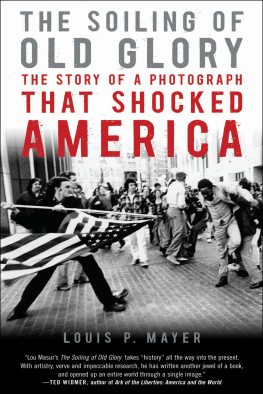
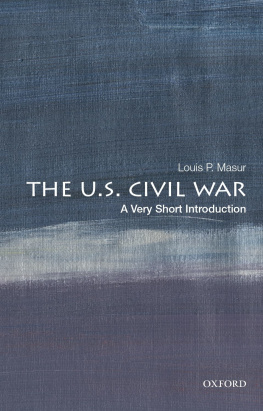
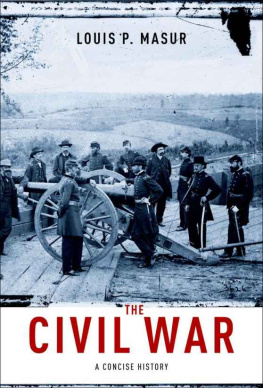
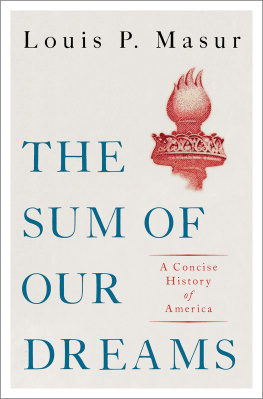

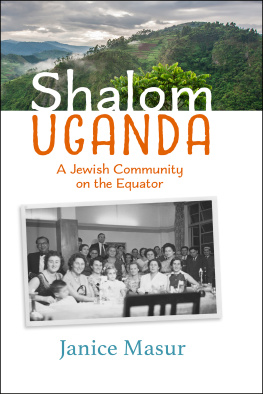
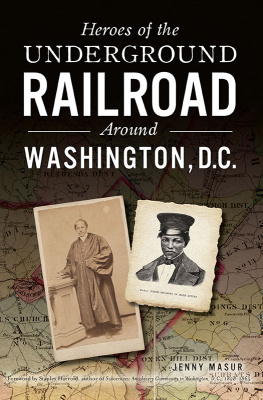
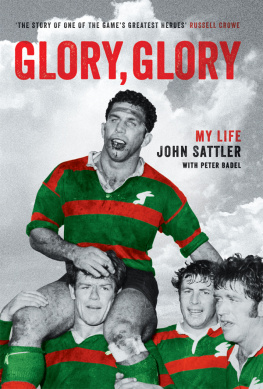
![Louis de Montfort - The Saint Louis de Montfort Collection [7 Books]](/uploads/posts/book/265822/thumbs/louis-de-montfort-the-saint-louis-de-montfort.jpg)
